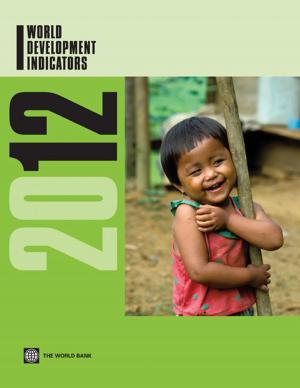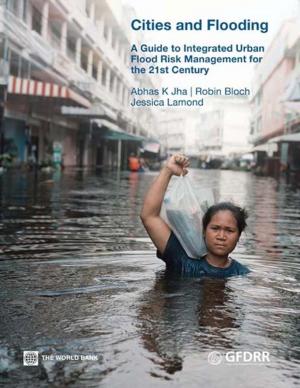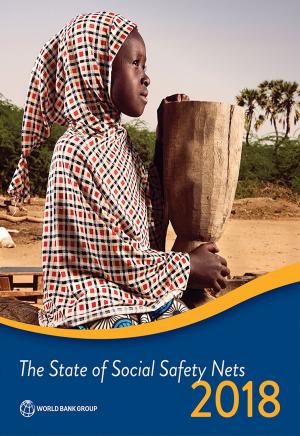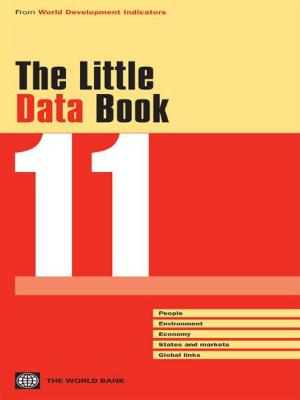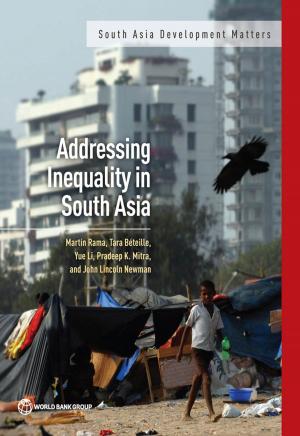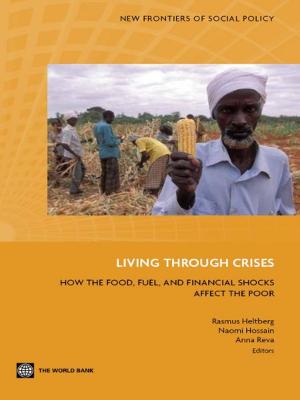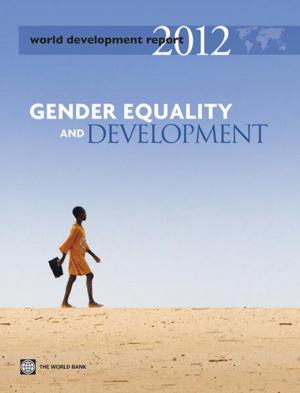Stop the Violence in Latin America
A Look at Prevention from Cradle to Adulthood
Business & Finance, Economics, Urban & Regional, Nonfiction, Social & Cultural Studies, Social Science, Crimes & Criminals, Criminology| Author: | Laura Chioda | ISBN: | 9781464806650 |
| Publisher: | World Bank Publications | Publication: | June 19, 2017 |
| Imprint: | World Bank Publications | Language: | English |
| Author: | Laura Chioda |
| ISBN: | 9781464806650 |
| Publisher: | World Bank Publications |
| Publication: | June 19, 2017 |
| Imprint: | World Bank Publications |
| Language: | English |
The Latin America and Caribbean (LAC) region has the undesirable distinction of being the world's most violent region, with 24.7 homicides per 100,000 inhabitants. The magnitude of the problem is staggering and persistent. Of the top 50 most violent cities in the world, 42 are in LAC. In 2010 alone, 142,302 people in LAC fell victim to homicide, representing 390 homicides per day and 4.06 homicides every 15 minutes. Crime disproportionately affects young men aged 20 to 24, whose homicide rate of 92 per 100,000 nearly quadruples that of the region. The focus of Crime Prevention in Latin America and the Caribben is to identify policy interventions that, whether by design or indirect effect, have been shown to affect antisocial behavior early in life and patterns of criminal offending in youth and adults. Particular attention is devoted to recent studies that rigorously establish a causal link between the interventions in question and outcomes. This publication adopts a lifecycle perspective and argues that as individuals progress through different stages of the lifecycle, not only do different sets of risk factors arise and take more prominence, but their interactions and interdependencies shape human behavior. These interactions and the relative importance of different sets of risk factors identify relevant margins that can effectively be targeted by prevention policies, not only early in life, but throughout the lifecycle. Indeed prevention can never start too early, nor start too late, nor be too comprehensive.
The Latin America and Caribbean (LAC) region has the undesirable distinction of being the world's most violent region, with 24.7 homicides per 100,000 inhabitants. The magnitude of the problem is staggering and persistent. Of the top 50 most violent cities in the world, 42 are in LAC. In 2010 alone, 142,302 people in LAC fell victim to homicide, representing 390 homicides per day and 4.06 homicides every 15 minutes. Crime disproportionately affects young men aged 20 to 24, whose homicide rate of 92 per 100,000 nearly quadruples that of the region. The focus of Crime Prevention in Latin America and the Caribben is to identify policy interventions that, whether by design or indirect effect, have been shown to affect antisocial behavior early in life and patterns of criminal offending in youth and adults. Particular attention is devoted to recent studies that rigorously establish a causal link between the interventions in question and outcomes. This publication adopts a lifecycle perspective and argues that as individuals progress through different stages of the lifecycle, not only do different sets of risk factors arise and take more prominence, but their interactions and interdependencies shape human behavior. These interactions and the relative importance of different sets of risk factors identify relevant margins that can effectively be targeted by prevention policies, not only early in life, but throughout the lifecycle. Indeed prevention can never start too early, nor start too late, nor be too comprehensive.

